Last Saturday we had the opportunity to assist to the inaugural exhibition of one of the most highly anticipated events this year, the renowned NuArt Festival in Stavanger, Norway.
Titled “Post-Street Art” the exhibition features unique artworks specifically created for the event inside the gallery. The idea of a “Post-Street Art” movement has been adopted to describe artworks, artists and events that make use of the strategies, forms and themes explored by Street Art, but which couldn’t rightly be regarded as ‘Street Art’ or ‘Street Artists’ per se. Moreover, the term could also be used to describe the new reality of many street artists that during the last years have incorporated themselves into the contemporary art world bringing it to a much broader audience than before. Street Art isn’t just “art in the streets” anymore.
A magnificent example of this is the work of Norwegian artist Henrik Aarrestad Uldalen (image bellow), a former graffiti and self-taught artist whose creative production revolves today around classic figurative painting presented in a contemporary manner.
Some of the participating artists were given the opportunity to produce collaborative pieces for the indoor exhibition. This is the case of Add Fuel and EVOL who managed ro create a wonderful installation mixing EVOL’s well-known stenciled miniature cities with Add Fuel’s unique adaptations of the Portuguese tile. The installation invites the viewer to wander through the tiny city discovering its uniqueness and many details, and experiencing how these bring it to life.
Known for his site-specific installations created from light and text, London-based artist Robert Montgomery follows a tradition of conceptual art often described as post-Situationist standing out by bringing a poetic and melancholic voice to the discourse of text art, primarily in public spaces. Like Add Fuel and EVOL, Robert Montgomery explores the theme of the city, its meaning and how we relate to it.
The Spanish duo Spy decided to play a bit with our curiosity in probably one of the most effective ways, by simply blocking the entrance to their installation. Instead, they invite the viewer to interact with the piece by forcing them to peek through the narrow openings of the concrete blocks to discover what is hidden behind the wall. The sentence “Image Not Available”. Certainly a simple, but highly effective piece.
The concept of play, one of the cornerstones of the Situationist movement, has been essential to this year’s festival and hence the present exhibition.
Play and social critique find shape in the collaborative work of Belgian interventionist Jaune and US artist Jeff Gillette known for his ironic and amusing juxtapositions that occurs when pop icons from consumer culture meet corporate logos. The Pop cultural references serve to sharpen the satirical message of his work.
US duo KennardPhillips, consisting of Peter Kennard and Cat Phillipps, has been working together since 2002 when they began creating art as a response to the Irak war, later evolving to confront power and war across the globe. A good example of his is this magnificent photoshoped piece featuring racist and despicable headlines referring to the current refugee crisis. A group of refugees are gathered in the foreground with a bombed Syrian city behind them. This dystopic vision of our current world is in stark contrast to the playfulness of Nipper‘s interactive stations that invite visitors to draw, create and tag walls. Destruction and creation as opposed and complementary.
And finally Fintan Magee’s room which is in many ways self explanatory.




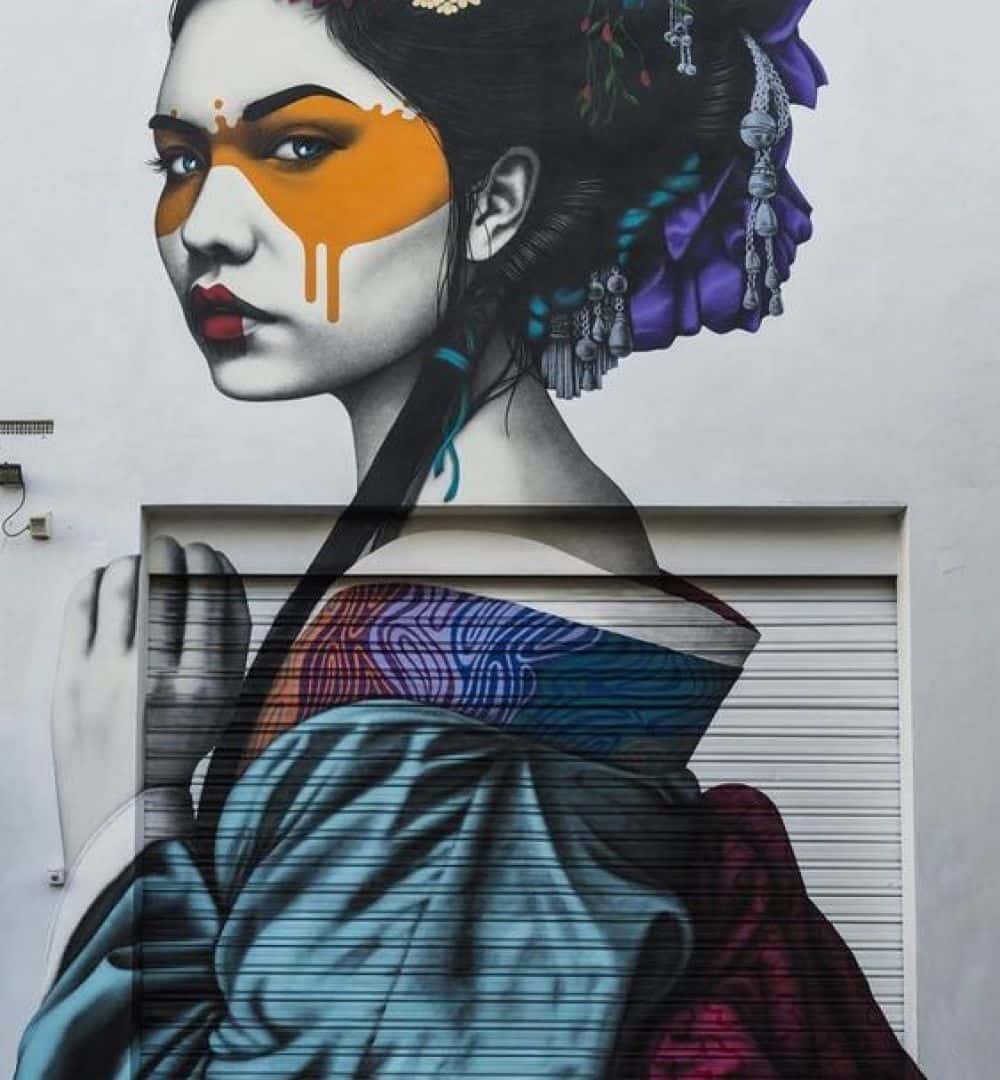













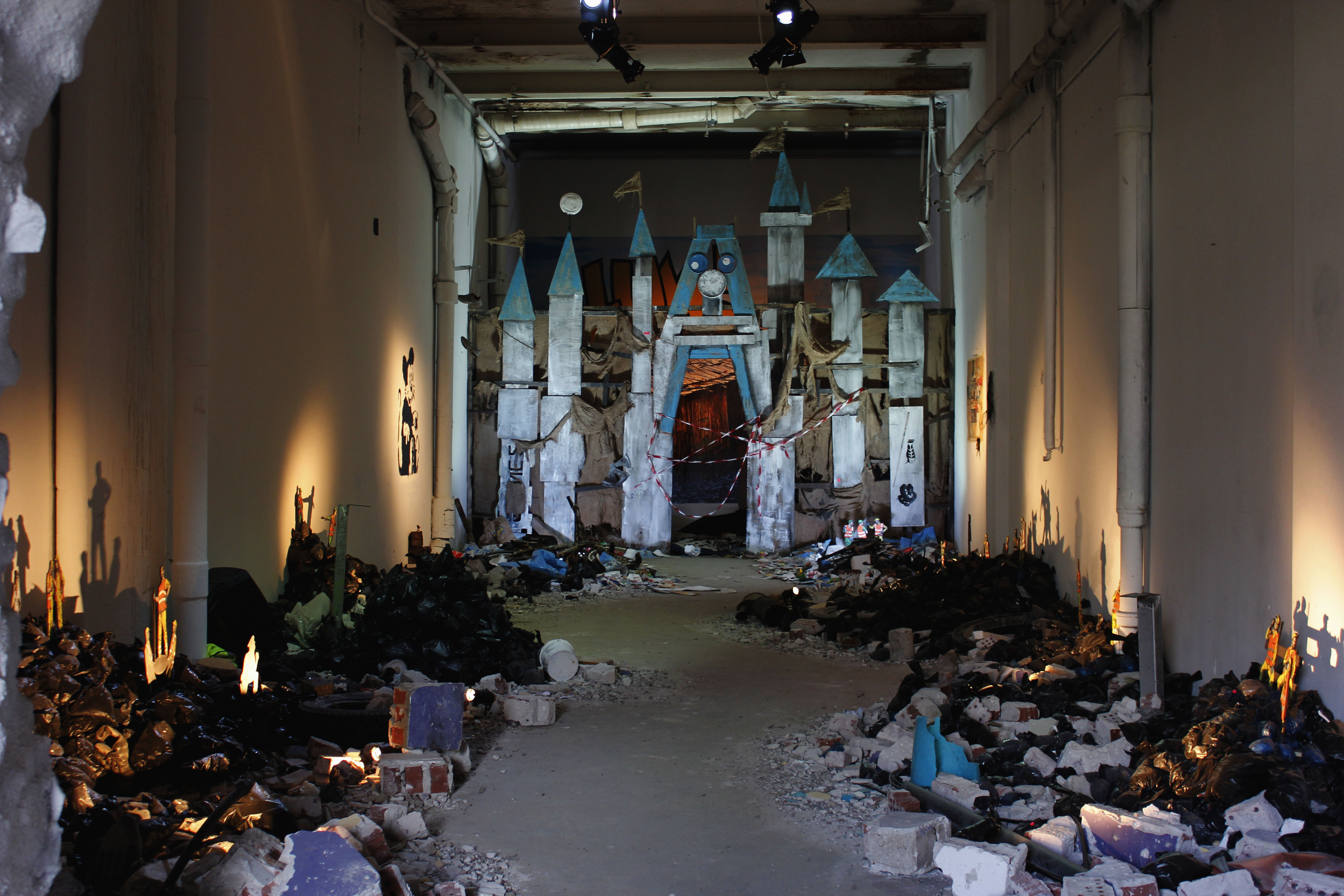

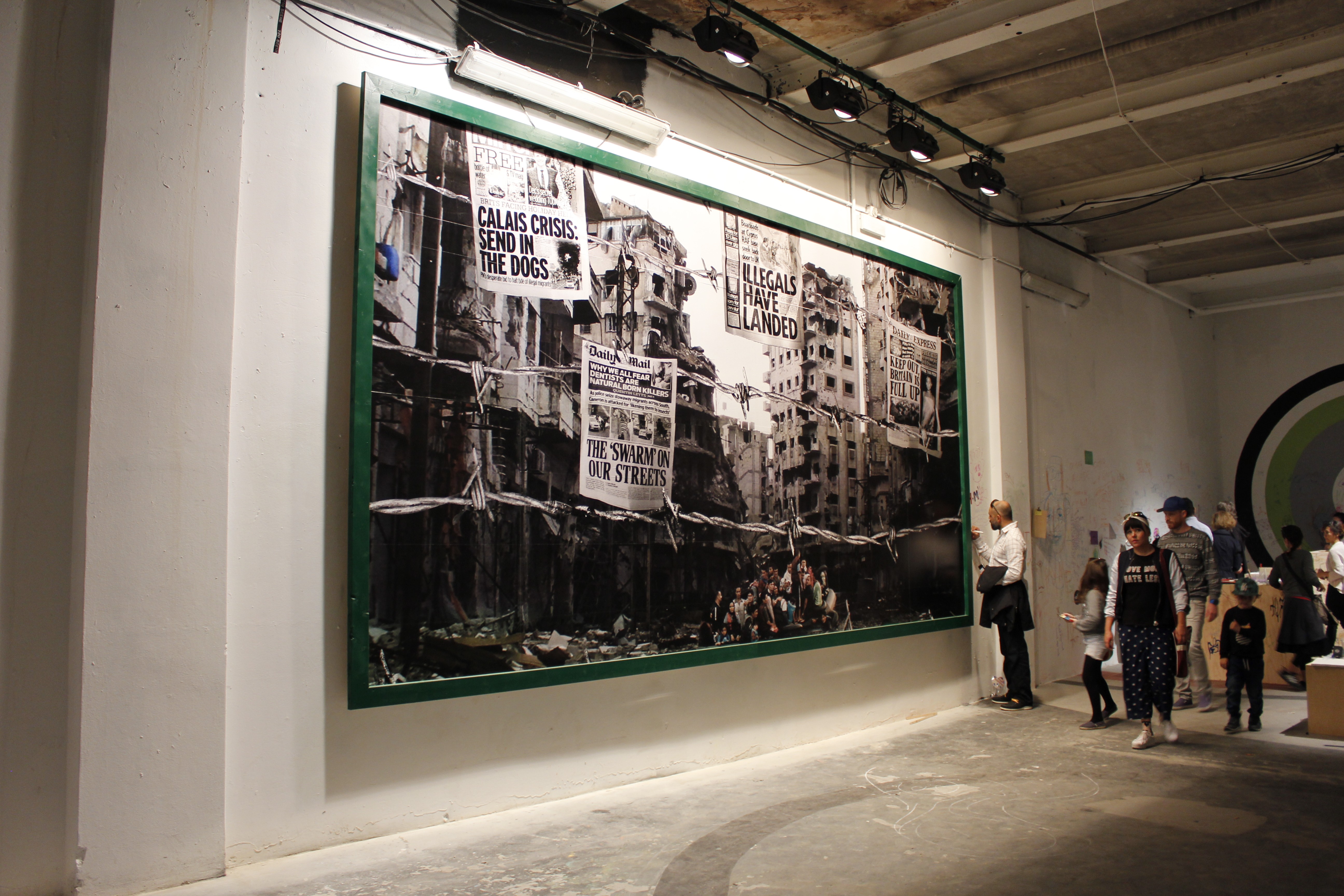








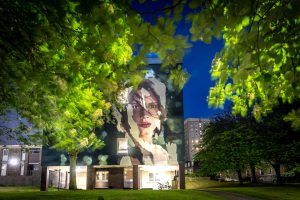













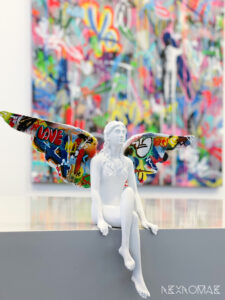

comment